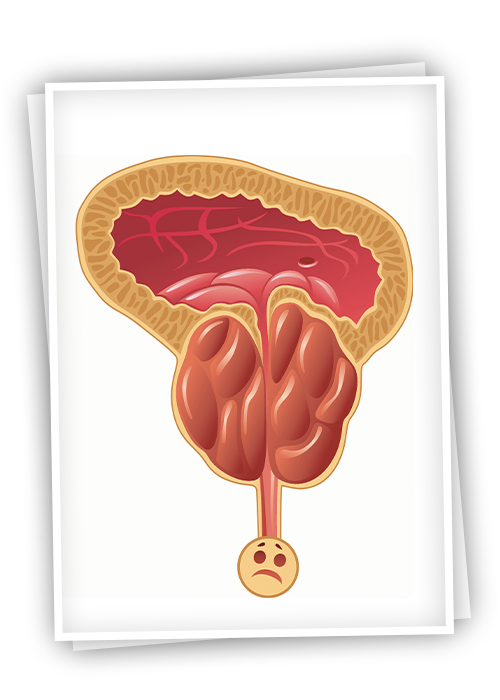TUIP
It is the method applied in benign prostate enlargement, especially in patients with small prostates. It is a method preferred by men who especially want semen output after surgery.
How is TUIP done?
The procedure is performed under spinal or anesthesia. As in the classical TURP method, it is entered through the external urinary canal with a camera device. The urethra and the prostate bladder neck are examined.










